Child4Child Starts Today:
Add Your Voice to the Chorus
Today, January 11, the ACCO joins with Childhood Cancer International (CCI) to launch a fun, exciting, amazing new initiative that we believe will change the face…
or should we say, the voice…of childhood cancer forever!
That’s right: today, January 11, we are pleased to announce the commencement of Child4Child, a worldwide childhood cancer event that will bring the children of the world together in song in support of the hundreds of thousands of children around the world who are bravely battling this terrible disease. And the best part: you and your family can be a part of it!
The goal of Child4Child is to create an amazing recording of a new song—“We Are One”—that uses the voices of children from around the world to produce a beautiful chorus of voices, to show children and families struggling with childhood cancer that the world stands with them, that they are not alone. By raising their voices together in song, children will remind policymakers, scientists, industry, and indeed the world that the time has finally come to make childhood cancer an international child health priority.
“We Are One” is a very special song composed specifically for this spectacular event by Christophe Beck, best known as the composer of Disney’s Frozen soundtrack. The verses of the song have already been recorded by very special musical talents such as Livvy Stubenrauch, the voice of Anna in Disney’s Frozen, and other incredible voices from America’s Got Talent, The Voice Kids Australia, and Britain’s Got Talent. On February 15, International Childhood Cancer Day (ICCD), the full version of the song will be released by Christophe Beck with these children singing the verses and the voices of children around the world singing the chorus together. It promises to be the greatest super-song ever in the history of childhood cancer!
We need your help to make this happen!
If you are interested in adding your child’s voice to this amazing chorus, here’s what to do:
- Go to child4child.com
- Learn the very simple, moving chorus by listening to the samples recorded by some incredible child singers;
- When your child is ready, click the yellow “Record the Chorus” button to record your child’s version of the chorus;
- Pass the word along and help make this hit go viral!
- Record your child singing along with BFFs!
- Ask your child’s teacher to have the entire class record their voices!
- Get your church choir to raise their voices together on the chorus!
- Organize a team building event for your child’s sports team and record them all singing together! The possibilities are truly endless!
This important Child4Child initiative is the first international awareness campaign that aims to bring together childhood cancer advocacy groups, parents’ groups, and survivors’ groups from around the world together, working literally “in harmony” with each other to remind the world of the terrible toll this deadly disease takes on the world’s children. Despite amazing advances in treatments and survival rates for many adult cancers, treatment for childhood cancers lags far behind, continuing to rely on outdated medications that were not designed for the small, still developing bodies of children. More than 250,000 children are diagnosed every year with a form of childhood cancer, and unfortunately, more than 90,000 of these children won’t survive. The childhood cancer statistics are especially grim in the less developed world, where far too many children lack access to much-needed cancer treatments or even, in too many cases, basic medical care.
Child4Child is the initiative of Garbergs Advertising Agency, the Swedish Childhood Cancer Foundation, and Childhood Cancer International (CCI), the largest patient-support organization for childhood cancer in the world with members composed of more than 180 grassroots and national parent organizations from more than 90 different countries. The American Childhood Cancer Organization (ACCO) is the only US-based CCI member, meeting CCI’s high standards for membership: the majority of ACCO’s Board of Directors continue to be parents whose children have faced childhood cancer or who are childhood cancer survivors themselves.
Together, CCI and ACCO seek to represent the needs of children and adolescents with cancer, childhood cancer survivors, and their families. Working in partnership with international development organizations, policy makers, civil society organizations, health, research and medical professionals, CCI and the ACCO both strive to advocate for recognizing children’s rights and prioritizing childhood cancer as an integral part of the local, national, and global child health and development agenda. Child4Child is just one element of our on-going campaign to make the voices calling for an end to childhood cancer louder than ever before. We appreciate your help, support, and participation in this incredible international event!
- To participate in Child4Child, or to learn more about this special international event, visit www.child4child.com.
- To learn more about the ACCO and our mission, visit www.acco.org.
- To learn more about CCI and its role in the international fight against childhood cancer, visit www.childhoodcancerinternational.org.




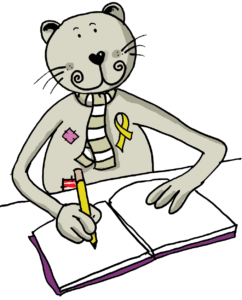 Cancer is a terrifying experience for children and youth of all ages. For the child or teen who already feels sick, the constant barrage of tests with painful needles and uncomfortable machines, the countless numbers of doctors and nurses hovering around, and the frequent hospital visits and extended hospital stays can be overwhelming. And for parents, who are trying to provide comfort while remaining calm in the face of their own fears, finding the words to explain what is happening presents yet another difficult challenge.
Cancer is a terrifying experience for children and youth of all ages. For the child or teen who already feels sick, the constant barrage of tests with painful needles and uncomfortable machines, the countless numbers of doctors and nurses hovering around, and the frequent hospital visits and extended hospital stays can be overwhelming. And for parents, who are trying to provide comfort while remaining calm in the face of their own fears, finding the words to explain what is happening presents yet another difficult challenge.
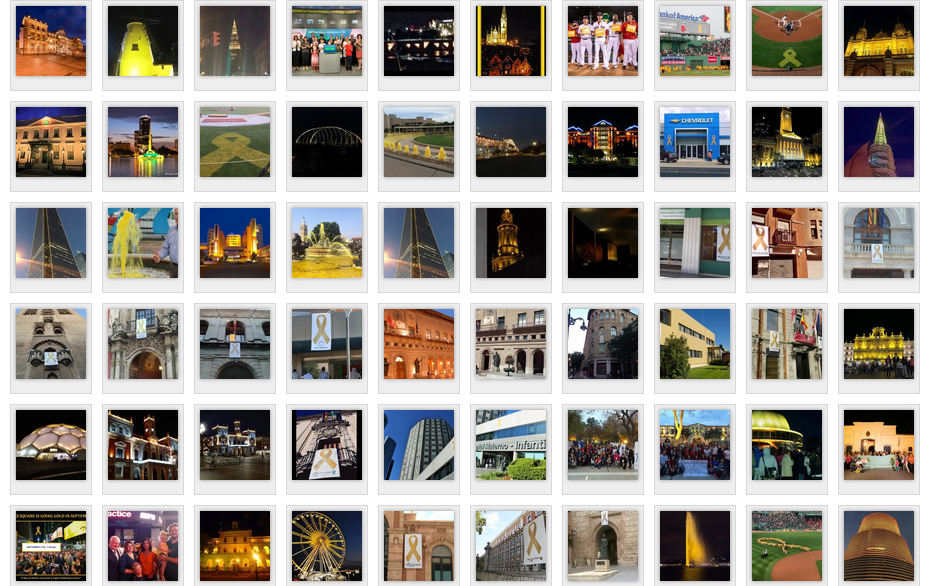
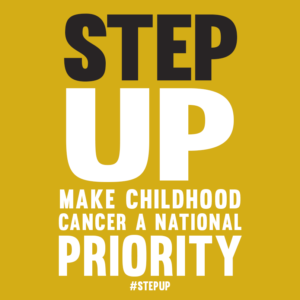
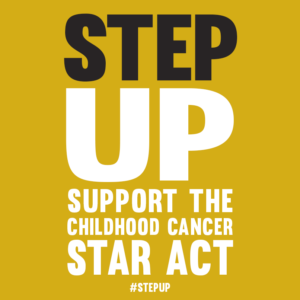 1 out of every 285 children will be diagnosed with childhood cancer every year, and nearly 90% of those children will receive treatment through clinical trials supported by NCI’s Children’s Oncology Group. Because every type of childhood cancer requires a unique treatment approach, development of new, effective, and less toxic treatment protocols has lagged significantly behind similar efforts into adult cancers. In fact, of the 109 new cancer drugs developed since 1990, only two were developed and approved by the FDA to specifically treat childhood cancer.
1 out of every 285 children will be diagnosed with childhood cancer every year, and nearly 90% of those children will receive treatment through clinical trials supported by NCI’s Children’s Oncology Group. Because every type of childhood cancer requires a unique treatment approach, development of new, effective, and less toxic treatment protocols has lagged significantly behind similar efforts into adult cancers. In fact, of the 109 new cancer drugs developed since 1990, only two were developed and approved by the FDA to specifically treat childhood cancer.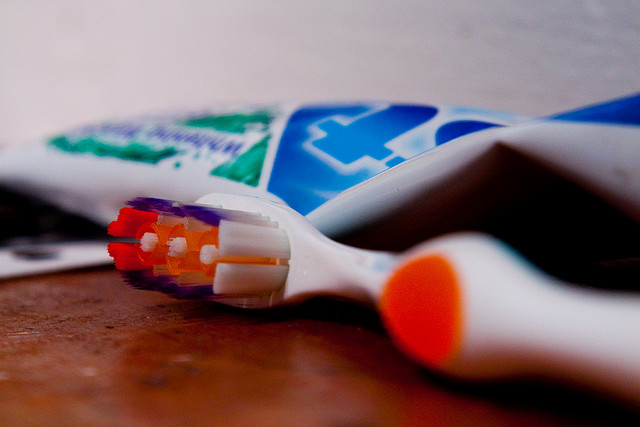
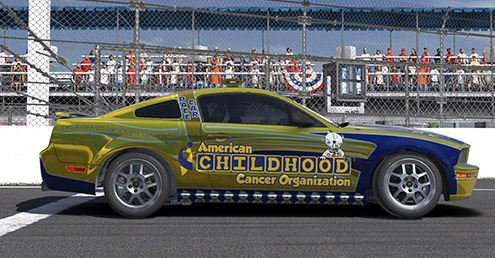 Bedford, MA (September 8) – iRacing.com is GOING GOLD! To raise awareness and funds in support of families affected by childhood cancer, the iRacing Ford Mustang that paces every virtual race on the popular online motorsports simulation service will feature the gold livery of the American Childhood Cancer Organization (ACCO) during its fall racing season. In addition,
Bedford, MA (September 8) – iRacing.com is GOING GOLD! To raise awareness and funds in support of families affected by childhood cancer, the iRacing Ford Mustang that paces every virtual race on the popular online motorsports simulation service will feature the gold livery of the American Childhood Cancer Organization (ACCO) during its fall racing season. In addition, 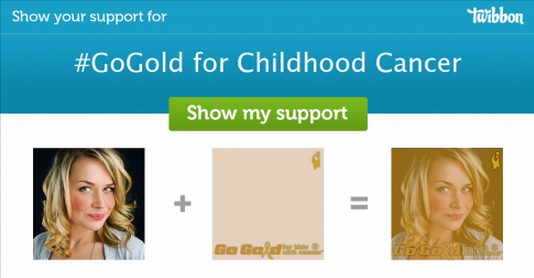

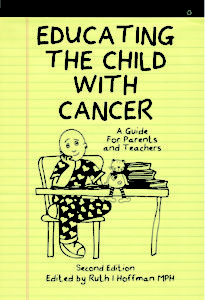
 The good news is that there have been tremendous advancements in the treatment procedures for many forms of childhood cancer, and five-year survival rates for some types of cancer have risen dramatically in recent years. However, both chemotherapy and radiation therapy, the two most common forms of treatment, involve intensive levels of both medication and energy that can target healthy cells in addition to killing cancerous cells. Unfortunately, these treatments may, and often do, cause severe health-related problems later on. These are called “late term effects”. While helping your child cope with the short-term and often extremely difficult side effects during or immediately after treatment often takes first priority, it is important to be aware of the types of health problems that may not develop for months or even years. And as the survival rate continues to improve, but treatment still relies on smaller dosages of adult protocols, more and more children will suffer from “late term effects” throughout the remainder of their lives.
The good news is that there have been tremendous advancements in the treatment procedures for many forms of childhood cancer, and five-year survival rates for some types of cancer have risen dramatically in recent years. However, both chemotherapy and radiation therapy, the two most common forms of treatment, involve intensive levels of both medication and energy that can target healthy cells in addition to killing cancerous cells. Unfortunately, these treatments may, and often do, cause severe health-related problems later on. These are called “late term effects”. While helping your child cope with the short-term and often extremely difficult side effects during or immediately after treatment often takes first priority, it is important to be aware of the types of health problems that may not develop for months or even years. And as the survival rate continues to improve, but treatment still relies on smaller dosages of adult protocols, more and more children will suffer from “late term effects” throughout the remainder of their lives.